
Medical Surgeries
Bone Marrow Transplant
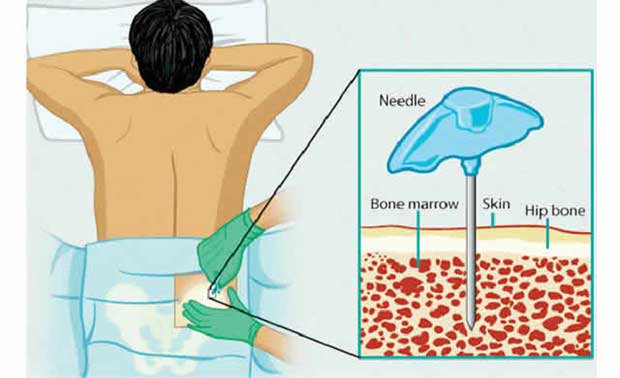

A bone marrow transplant (BMT), also known as a hematopoietic stem cell transplant (HSCT), is typically recommended in certain medical conditions where the bone marrow is not functioning properly or is affected by diseases. The decision to recommend a bone marrow transplant depends on the specific diagnosis and the patient's overall health.
Here are some situations where a bone marrow transplant might be considered:
Cancers:
- Leukemias: Certain types of leukemia, such as acute myeloid leukemia (AML) or acute lymphoblastic leukemia (ALL), may require a bone marrow transplant as part of the treatment plan.
- Lymphomas: Some lymphomas, like certain types of non-Hodgkin lymphoma or Hodgkin lymphoma, may be treated with a bone marrow transplant.
Metabolic Disorders:
- Certain Metabolic Disorders: Some rare metabolic disorders may be treated with a bone marrow transplant to replace defective cells.
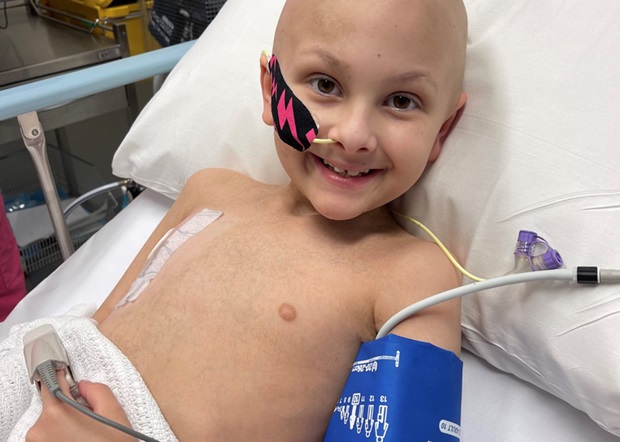

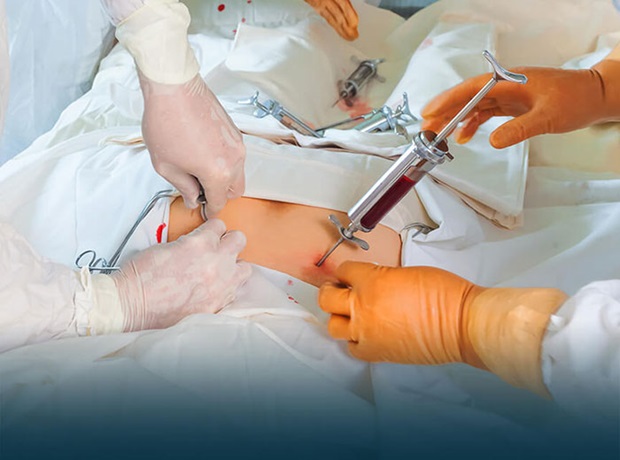

Bone Marrow Disorders:
- Aplastic Anemia: This is a condition where the bone marrow fails to produce enough blood cells. A bone marrow transplant can replace the faulty bone marrow with healthy stem cells.
- Myelodysplastic Syndromes (MDS): These are a group of disorders characterized by dysfunctional blood cell production. In some cases, a bone marrow transplant may be considered.
Inherited Disorders:
- Genetic Disorders: Some genetic conditions affect the bone marrow's ability to produce healthy blood cells. In certain cases, a bone marrow transplant may be recommended to replace the defective cells with healthy ones.
Autoimmune Diseases:
- Severe Autoimmune Diseases: In some cases, where other treatments have not been successful, a bone marrow transplant might be considered to "reset" the immune system.
Pre-transplantation Process:
Patient Evaluation:
- Patients undergo a thorough evaluation to assess their overall health and determine their eligibility for a transplant.
- Various tests, including blood tests, imaging studies, and heart and lung function tests, are conducted.
Donor Selection:
- The source of stem cells can be the patient (autologous transplant) or a compatible donor (allogeneic transplant).
- For allogeneic transplants, the donor is typically a sibling or another closely matched individual.
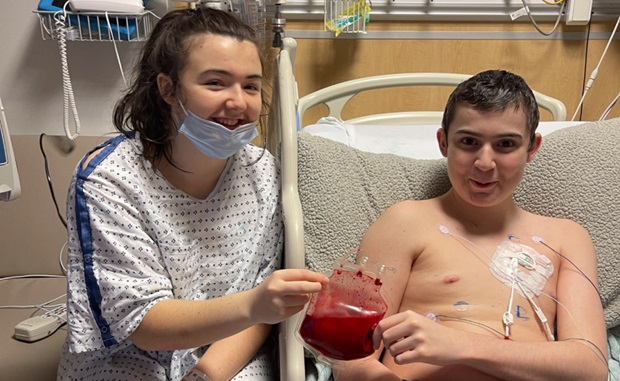

Conditioning or Preparative Regimen:
- Before the transplant, patients undergo a conditioning regimen, which involves chemotherapy and/or radiation.
- The purpose is to eliminate cancer cells, suppress the patient's immune system, and create space in the bone marrow for the transplanted cells.
Transplantation Process:
Collection of Stem Cells:
- For autologous transplants, the patient's stem cells are collected before the conditioning regimen.
- For allogeneic transplants, stem cells are obtained from the donor, either through bone marrow aspiration or peripheral blood stem cell collection.
Transplantation:
- The collected stem cells are infused into the patient's bloodstream through a central venous catheter.
- The cells travel to the bone marrow, where they can begin to produce new blood cells.
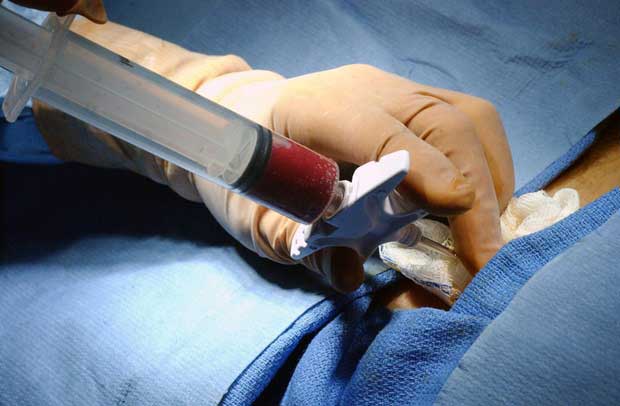

Pre-transplantation Process:
Patient Evaluation:
- Patients undergo a thorough evaluation to assess their overall health and determine their eligibility for a transplant.
- Various tests, including blood tests, imaging studies, and heart and lung function tests, are conducted.
Donor Selection:
- The source of stem cells can be the patient (autologous transplant) or a compatible donor (allogeneic transplant).
- For allogeneic transplants, the donor is typically a sibling or another closely matched individual.
Post-transplantation Process:
Engraftment:
- Engraftment is the process where transplanted stem cells start to grow and produce new blood cells in the patient's bone marrow.
- Blood counts are monitored regularly to assess engraftment.
Recovery and Support:
- Patients are closely monitored for complications, such as infections or graft-versus-host disease (GVHD) in the case of allogeneic transplants.
- Supportive care, including medications, blood transfusions, and infection prevention measures, is provided.
Follow-up Care: Long-term follow-up care is essential to monitor for potential late effects and ensure the overall well-being of the patient.
ensure the overall well-being of the patient.
Types of Bone Marrow Transplants:
Autologous Transplant:
- Patient's stem cells are used.
- Commonly used for certain types of lymphomas and multiple myeloma.
Allogeneic Transplant:
- Stem cells from a donor (usually a sibling or unrelated matched donor) are used.
- Can provide a graft-versus-leukemia effect, where the donor's immune cells attack remaining cancer cells.
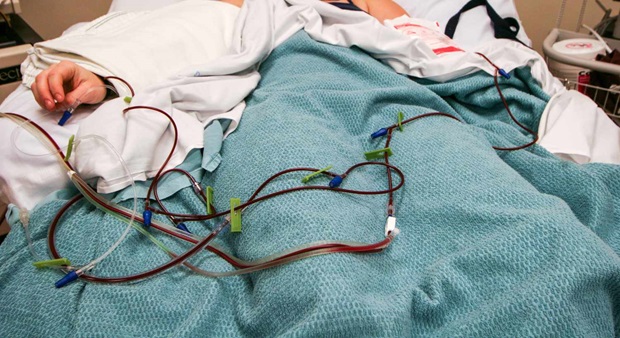

Syngeneic Transplant:
- Stem cells are obtained from an identical twin.
Bone marrow transplantation is a complex procedure, and the specific details may vary based on the patient's condition, the type of transplant, and other individual factors. The success of the transplant depends on various factors, including the compatibility of the donor, the type of disease being treated, and the patient's overall health. The procedure carries risks and potential complications, so patients need to have a thorough understanding of the process and its potential outcomes.
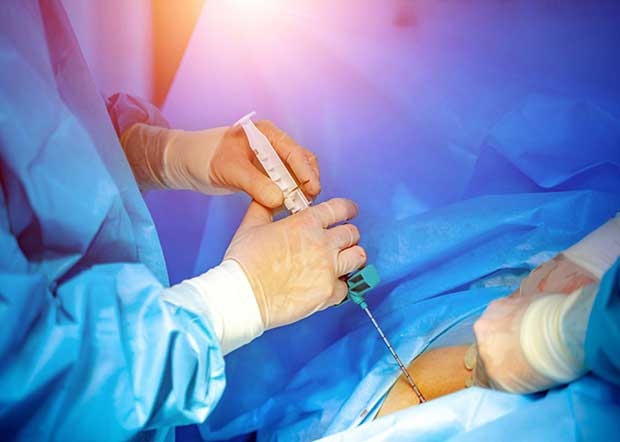

Bone marrow transplant complications:
Bone marrow transplant (BMT), also known as hematopoietic stem cell transplant (HSCT), is a medical procedure used to treat certain diseases, such as leukemia, lymphoma, and other blood disorders. While it can be a life-saving treatment, it is associated with several potential complications. It's important to note that not all patients will experience these complications, and the severity can vary. The complications can be classified into short-term (early) and long-term (late) complications.
Short-term complications:
Graft-versus-host disease (GVHD): This is a common complication that occurs when the donor's immune cells (graft) attack the recipient's tissues. Acute GVHD typically occurs within the first few months after transplant, while chronic GVHD can develop later. Symptoms may include skin rash, diarrhea, and liver problems.
Graft Failure: Sometimes, the transplanted cells may not engraft properly, leading to a failure of the transplant. This may require a second transplant.
Infections: Patients undergoing BMT are at a higher risk of infections due to the suppression of the immune system. Infections can be bacterial, viral, or fungal and can be life-threatening.
Mucositis: Inflammation and ulceration of the mucous membranes in the mouth and digestive tract can occur as a side effect of the conditioning regimen (high-dose chemotherapy or radiation).
Organ Toxicity: The high-dose chemotherapy or radiation used as part of the conditioning regimen can damage organs such as the liver, lungs, and kidneys.
Hemorrhage: The high-dose conditioning regimens can lead to a decrease in blood platelets, causing an increased risk of bleeding.
Interstitial Pneumonia: Inflammation of lung tissue can occur, leading to pneumonia.
Long-term complications:
Chronic GVHD: This can persist or develop months to years after the transplant. It can affect the skin, liver, eyes, and other organs, leading to chronic health issues.
Secondary Cancers: The conditioning regimens and immune suppression increase the risk of developing secondary cancers, such as solid tumors.
Infertility: The high-dose chemotherapy and radiation can damage reproductive organs, leading to infertility.
Endocrine Issues: Hormonal imbalances and issues with the endocrine system can occur, affecting growth, development, and overall health.
Graft Dysfunction: The transplanted cells may not function properly, leading to ongoing blood and immune system issues.
Psychosocial Challenges: Patients may experience psychological and emotional challenges, including anxiety, depression, and post-traumatic stress disorder (PTSD).
bone marrow Transplant Rejection Overview
Bone marrow transplant rejection occurs when the recipient's immune system recognizes the transplanted bone marrow or stem cells as foreign and attacks them. This process can lead to the failure of the transplant and can have serious consequences for the patient. Here's an overview of bone marrow transplant rejection:
Transplant Rejection:
- Host Immune Response:
- Graft-Versus-Host Disease (GVHD): In allogeneic transplants, the donor immune cells may attack the recipient's tissues, causing GVHD. This is a complication related to immune system mismatch.
- Rejection: The recipient's immune system may recognize the transplanted cells as foreign and mount an immune response against them.
- Causes of Rejection:
- HLA Mismatch: Human leukocyte antigen (HLA) matching is crucial for a successful transplant. Mismatched HLA antigens increase the risk of rejection.
- Immunosuppressive Medications: Inadequate or non-compliance with immunosuppressive drugs can lead to rejection.
- Symptoms:
- Fever, Chills, and Sweating: Signs of an immune response.
- Fatigue and Weakness: Resulting from the compromised ability of the bone marrow to produce blood cells.
- Prevention and Treatment:
- Immunosuppressive Drugs: Patients are typically prescribed medications to suppress the immune system and prevent rejection.
- GVHD Prophylaxis: Strategies to prevent graft-versus-host disease are often employed.
- Monitoring: Regular monitoring of the patient's condition and immune response.
Bone marrow rejection signs:
Bone marrow rejection, also known as graft rejection, can occur after a bone marrow transplant. The signs and symptoms of bone marrow rejection can vary, but they generally involve the immune system attacking and destroying the transplanted cells. Here are some possible signs of bone marrow rejection:
Fever, Fatigue , Decreased Blood Cell Counts, Skin Rash or Jaundice, Gastrointestinal Symptoms, Pain , Swelling or Fluid Retention, Respiratory Symptoms, Enlarged Lymph Nodes or Spleen, Changes in Mental Status
Why Iran suitable for bone marrow transplantation:
Iran has made significant progress in the field of medical science, including bone marrow transplantation. Several factors contribute to Iran being considered suitable for bone marrow transplantation:
Medical Infrastructure: Iran has developed a robust medical infrastructure with specialized hospitals and medical centers equipped to handle complex medical procedures, including bone marrow transplantation.
Skilled Medical Professionals: Iran has a well-trained and experienced medical workforce, including hematologists, oncologists, and transplant surgeons, who are skilled in performing bone marrow transplantations.
Research and Innovation: Iranian medical institutions actively engage in research and development, contributing to advancements in medical technologies and treatment protocols for bone marrow transplantation.
Government Support: The Iranian government has shown a commitment to improving healthcare, including support for medical research and the development of advanced medical treatments such as bone marrow transplantation.
International Collaboration: Iran collaborates with international medical communities and organizations, fostering the exchange of knowledge and expertise in the field of bone marrow transplantation.
Cost-Effective Healthcare: Iran's healthcare system offers cost-effective medical services compared to some other countries, making bone marrow transplantation more accessible to a broader segment of the population.


Our services include:
![]() our online services include: quotes and consultation
our online services include: quotes and consultation
![]() Planning the highest word-level medical trips and quality hospitals and medical centers according to the patient's request and budget.
Planning the highest word-level medical trips and quality hospitals and medical centers according to the patient's request and budget.
![]() Appointing treatments by the most skilled and experienced doctors.
Appointing treatments by the most skilled and experienced doctors.
![]() Airport pick-up/drop off, check-ups, accompanying translator, book hotel (for patients and their families)
Airport pick-up/drop off, check-ups, accompanying translator, book hotel (for patients and their families)
![]() Pre-hospitalization / post-hospitalization care services
Pre-hospitalization / post-hospitalization care services
All-Inclusive Medical Travel Packages
based on your budget, our team will assist you in choosing the best hotels, doctors, and medical centers. Our packages include:
 Airport Pickup Services
Airport Pickup Services Airport Dropoff services
Airport Dropoff services Hotel
Hotel Ticket
Ticket visa
visa translator
translator Transfer
Transfer SIM Card
SIM Card Sightseeing
Sightseeing


 why Iran
why Iran
Patients may choose to have abdominoplasty (commonly known as a tummy tuck) in Iran for a variety of reasons
Cost, Quality of Care, Privacy and Discretion, Combined Tourism, no Waiting Times
![]()
Fotros is an Iranian health tourism company with a professional team consisting of a support team and word-level doctors in medical and cosmetic surgeries like Neurosurgery, Rhinoplasty, Breast cosmetic surgeries, Liposuction, tummy tuck, etc.
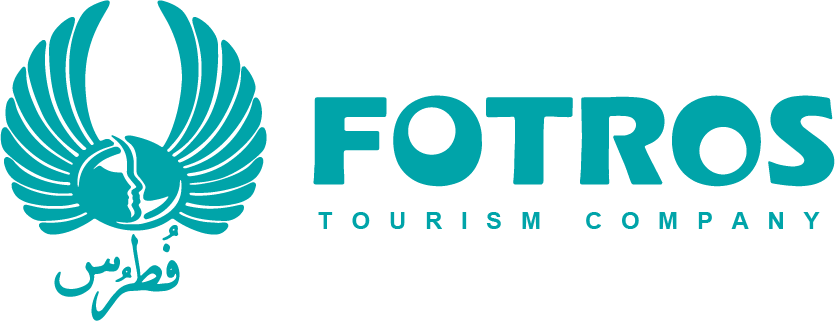









 why Iran
why Iran